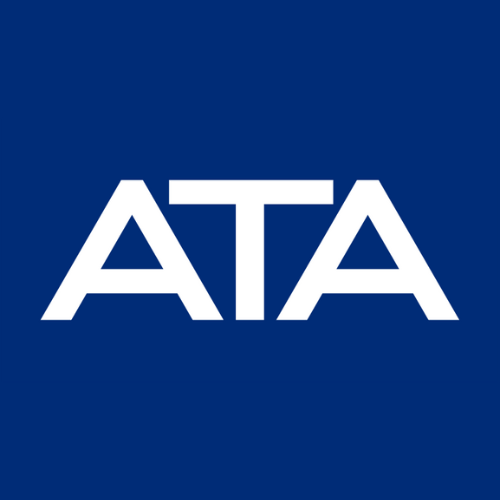Abstract: Artificial intelligence (AI) is impacting businesses in virtually every industry today, and banking is no exception. This article notes that banks of all sizes increasingly recognize AI’s potential to help them improve efficiency, reduce costs, enhance the customer experience and combat fraud. It offers seven examples of how banks are using AI, including in customer service, fraud prevention and underwriting decisions.
7 ways AI is transforming the banking industry
Artificial intelligence (AI) is impacting businesses in virtually every industry today, and banking is no exception. Banks of all sizes increasingly recognize AI’s potential to help them improve efficiency, reduce costs, enhance the customer experience and combat fraud. Here are seven examples of how banks are using AI:
- Customer service. Banks are using natural language processing and other AI applications to create conversational interfaces, or “chatbots,” that can improve the customer experience. These applications are available to customers 24/7. Plus, with access to troves of data and the ability to learn about specific customers’ behavior and usage patterns, they can offer highly personalized customer support at a fraction of the cost, and often more effectively, than humans.
Among other things, chatbots can answer account inquiries, reset passwords, assist with fund transfers and automatic payments, and assist with loan applications. Some banks also are using AI to recommend financial services and products, though the Consumer Financial Protection Bureau (CFPB) has been critical of the use of AI and chatbots in underwriting in some instances.
- Fraud prevention and detection. Traditional approaches to combating fraud are becoming more challenging due to the number of daily transactions and the many customer behaviors that need to be monitored to identify anomalies. AI applications can quickly detect even subtle deviations from customers’ usual account activity and behavior patterns. These trends can alert bank personnel to potentially fraudulent activities that warrant further investigation.
AI also has the ability to monitor bank systems and provide early warnings of cyberthreats, enabling bank personnel to respond quickly and minimize the damage. Examples of cyberattacks include phishing scams, ransomware and other malware, and identity theft.
- Underwriting decisions. Banks are beginning to use AI to improve their loan and credit decisions. AI-based systems are able to sift through vast amounts of data to analyze customer behavior and activity patterns that evince creditworthiness. They can also help spot, and flag, behaviors or characteristics that might increase the chances an applicant will default.
- Collections. By analyzing customer data, AI can spot warning signs that indicate potential delinquencies or defaults. It also can communicate with customers and offer personalized solutions for helping them get current on their payments and avoid default.
- Automation. Strictly speaking, robotic process automation (RPA) isn’t AI, but it has a similar impact on banking processes. RPA refers to software tools that automate time-consuming, repetitive tasks.
Not only does RPA free up bank personnel to focus on higher-value activities, but it also can improve productivity and reduce errors. Examples of the many uses of RPA include inputting data and documents, opening accounts, and processing address changes. In addition, it can be used to automate and standardize many tasks related to customer communications and regulatory compliance.
- BSA/AML compliance. AI can be invaluable to Bank Secrecy Act/Anti-Money Laundering (BSA/AML) compliance efforts. It can sift through enormous amounts of transaction data and identify suspicious activities that would be difficult, if not impossible, to detect using traditional methods.
- Marketing. By processing and analyzing huge amounts of data, AI can help banks track and even predict market trends. And by collecting data about a bank’s customers, it can reveal untapped sales and cross-selling opportunities.
Here to stay
For banks interested in taking advantage of AI, significant challenges remain, including implementing and maintaining the systems and the extensive data needed to support it. However, as this technology becomes more commonplace and cheaper, its benefits will be difficult to ignore.
© 2023









